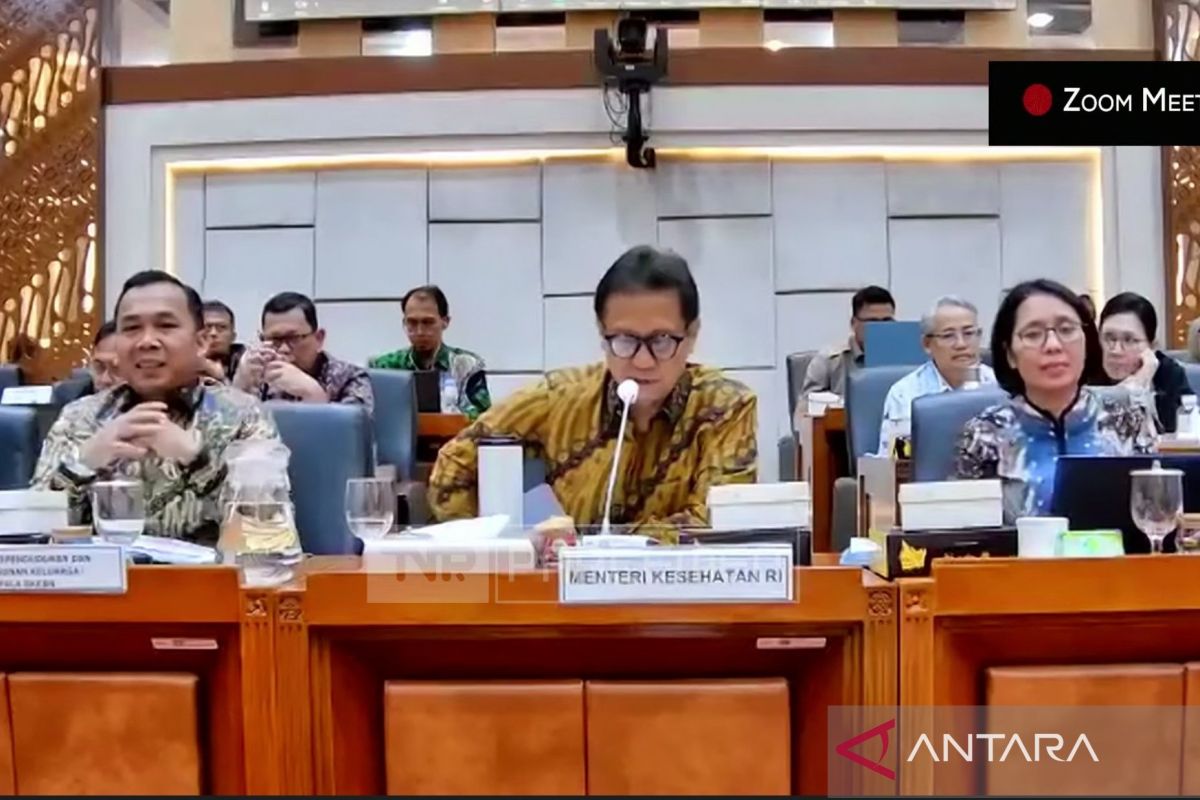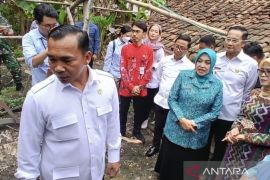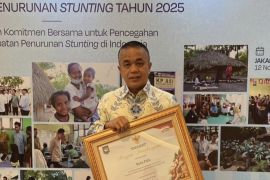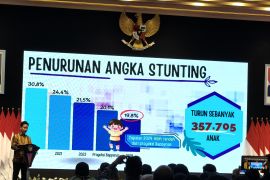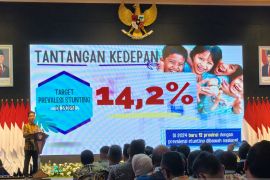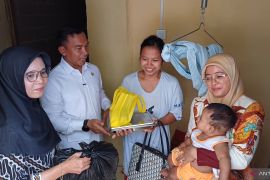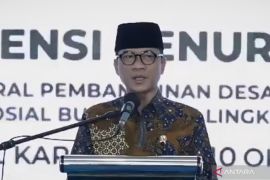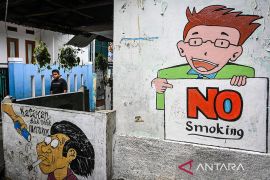The interventions range from nutritional fulfillment, clean water and sanitation provision, and child marriage prevention.
During a meeting with Commission IX of the House of Representatives (DPR) in Jakarta on Tuesday, Wihaji informed that several ministries and agencies are participating in stunting interventions.
However, their efforts have not been effective so far since they did not target the root of the problem, he said.
“We are (now) focusing on the upstream factors, namely clean water, nutritional intake, sanitation, and child marriage,” he said.
According to the minister, the monitoring and evaluation of the stunting reduction program must also be made clear and emphasize handling during the first 1,000 days of a child’s life, or until the child turns two years old.
He further said that based on his ministry’s data, 3.7 million families at risk of stunting do not have proper toilets, while 1.9 million at-risk families do not have access to proper drinking water.
In addition, 4.3 million at-risk families comprise couples of reproductive age who are either too young, too old, have too-short birth spacing, have too many children, or do not use contraceptives.
He added that his ministry has 18,086 family planning counselors and 602,089 family assistant teams who will support stunting reduction efforts.
The Nutritional Status Survey (SSGI), the main reference for accelerating stunting reduction efforts, pegged stunting prevalence in the country at 19.8 percent in 2024, down from 21.5 percent in 2023.
Related news: Unified approach paramount to tackling child stunting, anemia
Related news: Indonesia aims to cut stunting to 5 percent by 2045 after key progress
Translator: Lintang Budiyanti, Raka Adji
Editor: Primayanti
Copyright © ANTARA 2025
